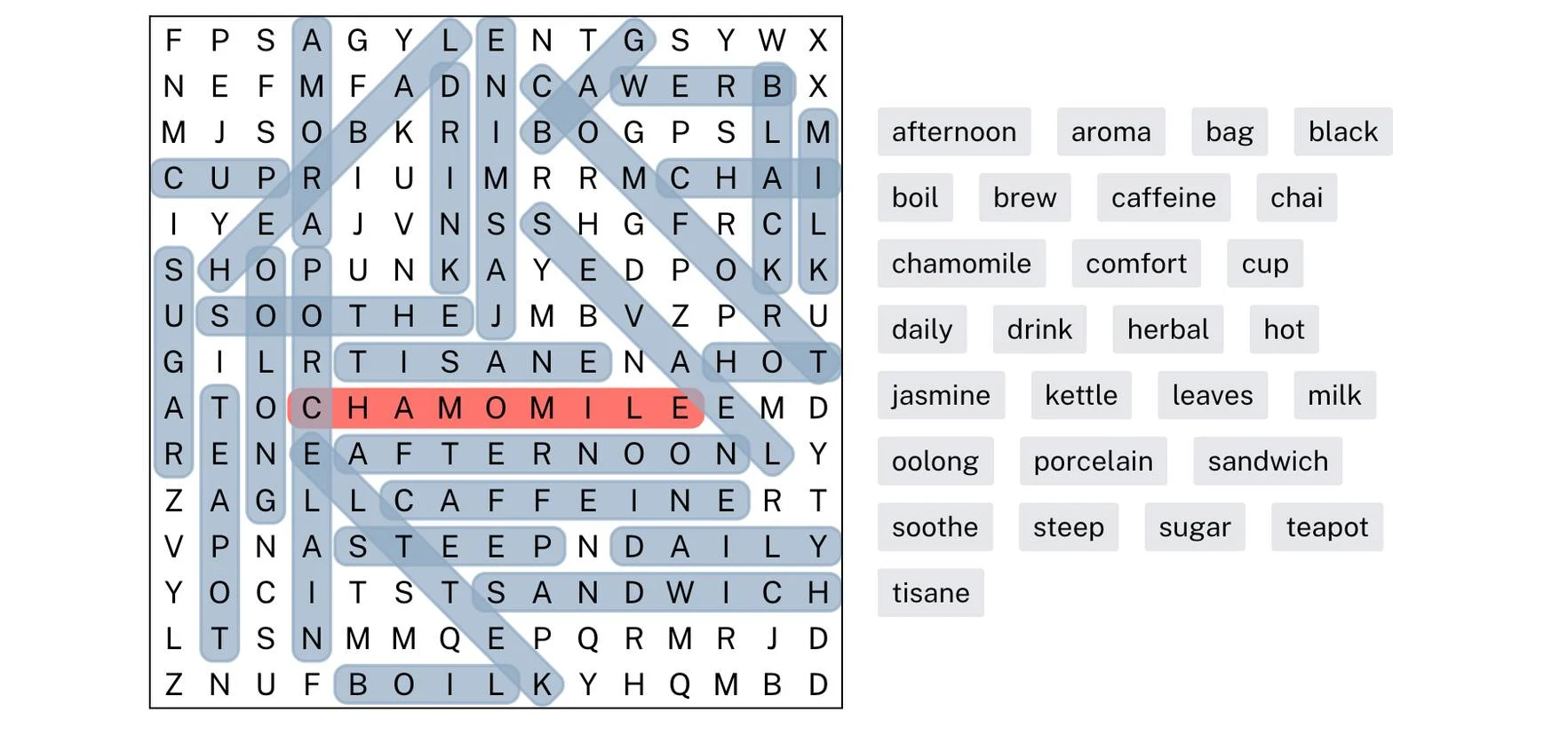How to Solve a Word Search Fast Using AI

Word search puzzles have been a popular pastime for decades. They are fun, educational, and a great way to pass the time while improving vocabulary and spelling. However, solving a large puzzle can sometimes feel more frustrating than relaxing. Scanning a dense grid of letters to find hidden words, especially when you are stuck on one tricky answer, can take a lot of time. This is where AI-powered word search solvers come in. Artificial intelligence makes it possible to analyze a puzzle image, recognize the letters, and generate instant solutions in seconds. Whether you are a student, a teacher, or a puzzle enthusiast, using AI to solve word searches can save time and reduce frustration.
In this article, we will explain exactly how AI solves word search puzzles step by step. You will learn how to upload a puzzle, how the AI reads and processes the grid, what algorithms are used to find the words, and why this method is useful for both casual players and educators.
Uploading Your Puzzle Image
The first step in using an AI word search solver is to upload a picture of your puzzle. This can be done by taking a photo with your smartphone, uploading a scanned copy from a book, magazine, or worksheet, or importing a saved puzzle image from your computer. Once the puzzle is uploaded, the tool allows you to crop the image. Cropping ensures the AI focuses only on the letter grid and the word list, ignoring unnecessary parts such as titles, instructions, or decorative borders. By giving the AI a clean input, you improve its accuracy and reduce recognition errors. For best results, make sure your puzzle photo is clear, well-lit, and not tilted, as high-quality images lead to better AI accuracy.
How AI Detects Letters in the Grid
Here is where the magic happens. The AI uses computer vision technology based on the YOLO (You Only Look Once) model. YOLO is designed for object detection, but in this case, it has been trained to recognize letters inside a word search grid. The AI scans the grid row by row, detects each individual letter and its exact position, and converts the puzzle into digital data that can be processed by a solving algorithm. The word list is also extracted, or it can be entered manually if needed.
The result is a digital copy of your puzzle that the algorithm can now solve. AI is not perfect, however. Sometimes faintly printed letters, unusual fonts, or overlapping grids can cause mistakes. To address this, the tool provides an editing interface where users can review and correct errors before moving forward. This combination of AI speed with human review ensures accurate puzzle data.
The Algorithm Behind AI Word Search Solvers
Once the puzzle is digitized, the next step is solving it. The AI uses a brute force algorithm, which is one of the most effective methods for word searches. For each word in the word list, the algorithm checks every possible starting point in the grid, looking in all directions, including horizontally, vertically, diagonally, forward, and backward. As soon as the sequence of letters matches the word, the location is marked as solved.
While brute force may sound inefficient, word search grids are relatively small compared to other computational problems. This means the algorithm can run extremely fast, often solving puzzles in under a second. Other approaches, such as using tries or depth-first search, exist, but brute force is the simplest and most reliable method for puzzles of this size.
Viewing the Results
After the algorithm finishes, the tool highlights all the words found in the puzzle. You can click on a word in the list to see it highlighted in the grid, use the solver as a hint system if you only want help with a few tricky words, or confirm that all words are present, which is especially useful for checking if the puzzle was printed correctly. This interactive solution system makes word searches more engaging, as you can either finish the whole puzzle instantly or just get a little push in the right direction.
Benefits of Using an AI Word Search Solver
Using AI to solve word searches is not just about speed. It opens up many practical advantages. AI-powered word search solvers allow puzzles to be completed faster than traditional methods, which is perfect for students, teachers, and casual players. They are also an excellent educational tool because teachers can instantly generate solutions for worksheets or check accuracy before giving puzzles to students. Accessibility is another key benefit, as AI can help people with dyslexia or vision difficulties by reducing eye strain. Additionally, AI solvers can confirm whether a missing word is truly absent or simply overlooked, and they work with both printed and digital puzzles, making them highly convenient for a wide range of users.
The Future of AI Puzzle Solving
AI puzzle solvers are still evolving, and future versions could bring even more functionality. For example, AI could provide support for foreign languages, recognize stylized fonts often used in magazines, generate custom word searches based on a list of words provided by the user, or include gamification features such as timed challenges, scoreboards, or multiplayer competitions. The possibilities are nearly endless, and as AI technology continues to improve, word search solving tools will become more accurate, faster, and more creative.
Final Thoughts
Word search puzzles are fun, but they can be challenging and time-consuming. By combining computer vision, AI recognition models, and fast algorithms, modern tools can solve puzzles in seconds. Whether you want to finish faster, get a hint, or check your answers, an AI word search solver makes the process simple and enjoyable. Next time you are stuck on a tricky puzzle, you do not need to give up. AI can give you a boost and turn frustrating grids into an effortless and entertaining experience.